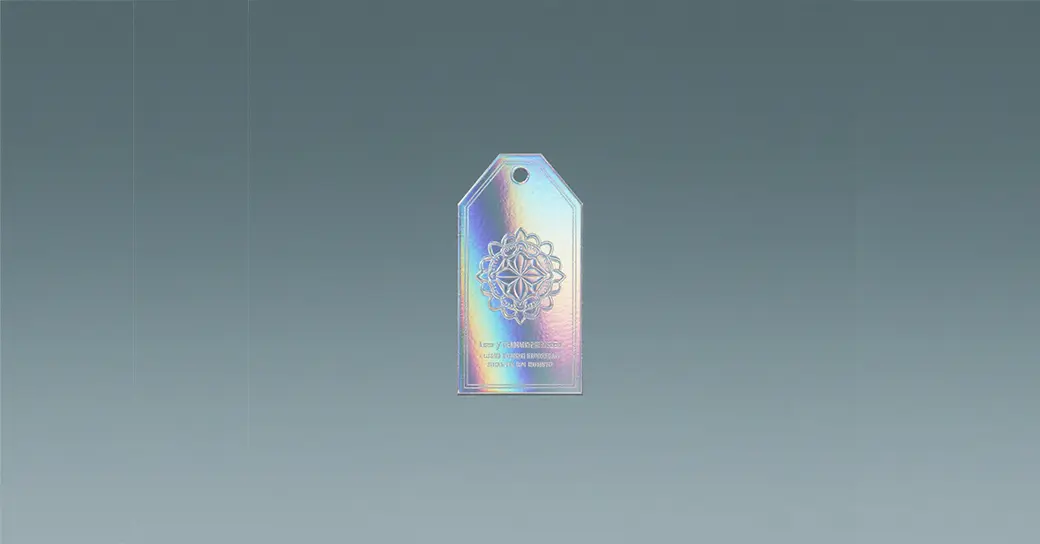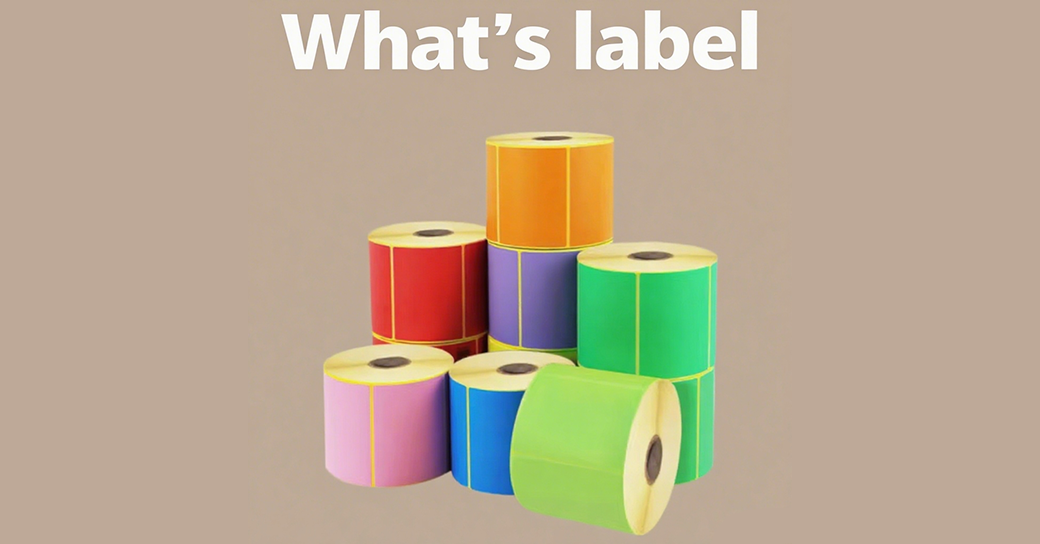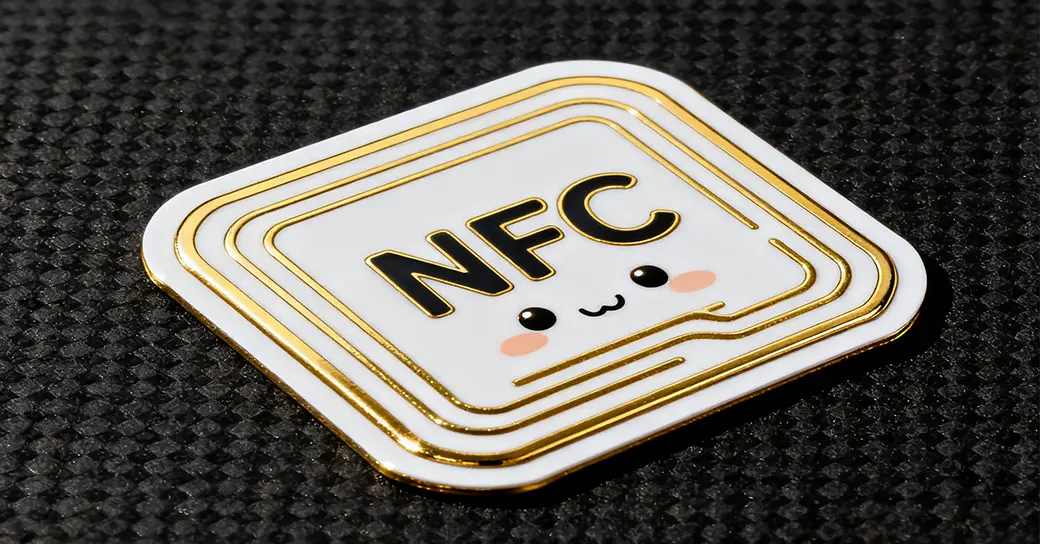NFC tag stickers: small size, big power, leading changes in multiple fields
At a time when technology is developing rapidly, near-field communication (NFC) technology is moving from behind the scenes to the front stage. Among them, NFC tag stickers, as a popular carrier of this technology, are quietly changing the operating modes of many industries and people's lifestyles.
NFC tag stickers, which look like ordinary stickers, actually have built-in NFC chips, which can interact with NFC-enabled devices at a very short distance. Its cost is affordable, as low as a few cents per piece, but it contains powerful intelligent interaction potential. Through professional software, users can easily write information such as phone numbers, website links, electronic business cards, Wi-Fi passwords, etc. When using, the device can be read instantly when it is close, realizing efficient information transmission.
In the field of culture and tourism, NFC tag stickers allow cultural and creative products to move from static display to dynamic interaction. This summer, cultural and creative refrigerator magnets equipped with NFC chips have become a new favorite of consumers. For example, the co-branded NFC record quicksand refrigerator magnet launched by Yangmadao Music Festival can play more than 300 officially authorized songs with a touch of the user's mobile phone, bringing the atmosphere of the music festival home. The cultural and creative refrigerator stickers in some scenic spots can present the historical stories behind the patterns or jump to the digital exhibition hall of cultural relics after being touched, so that tourists can have a deep understanding of the cultural connotation and transform cultural and creative products from simple decorations into a vivid window for cultural communication.
NFC tag stickers also show their prowess in public service scenarios. Stickers on hospital reception desks can push department distribution and registration procedures based on touch devices; stickers on library bookshelves can provide a retrieval entrance for collection books, and registration can be completed by touching when returning books; smart stickers on community bulletin boards are convenient for residents to check notifications and report property problems. These applications greatly improve service efficiency, reduce consultation time and the rate of repeated answers by staff.
The commercial field is also actively embracing NFC tag stickers. Stickers in fitting rooms of clothing stores can recommend sizes and display matching according to customer body shapes; stickers on restaurant tables can call up electronic menus, support ordering and call services, and record the dietary preferences of regular customers. Taking a popular restaurant in Hangzhou as an example, after deploying table stickers, the average ordering time for customers was reduced from 8 minutes to 3 minutes, and the turnover rate increased by 25%.
Even in the payment field, the Indian government is about to launch a new NFC-based RuPay payment sticker. This waterproof sticker can be pasted on solid surfaces without the need for network and power supply. Users can easily pay for services such as public transportation, up to 2,000 rupees without entering a PIN code, and recharging is also very convenient.
From daily life to industry operations, NFC tag stickers are relying on the minimalist interaction of "touch and respond" to break down the barriers of technology application, unlock more intelligent possibilities, inject vitality into the digital transformation of various fields, and become a convenient bridge connecting people with information and services. In the future, it is expected to shine in more scenarios and continue to reshape people's life and work experience.













